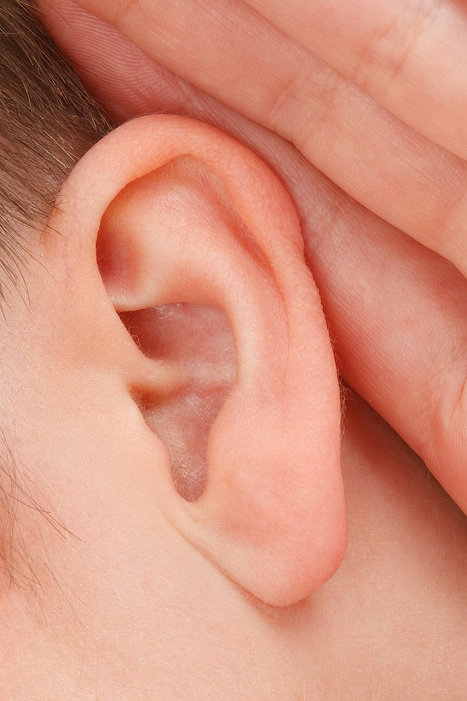Everybody produces ear wax (cerumen). A small amount of ear wax is produced by the body to help fight off infection, it keeps dust, dirt and debris from getting deep inside of the ear, and also moisturises the ear canal. Some people may produce little wax and this may cause itchiness in the ears, and some people produce too much ear wax.
Once ear wax has served its purpose it eventually migrates to the surface, dries up and falls out of the ears without us even knowing. Some people for reasons unknown produce more wax than usual. Excessive ear wax can accumulate in the ear canal and cause symptoms such as:
Many people may try to unblock their ear using cotton buds in an attempt to clean the ear. This practice is dangerous for impacted ear canals and can block your ear further by pushing the wax even deeper down the ear canal. This will exacerbate the symptoms above and may even lead to eardum rupture. People most at risk of impaction are hearing aid users and people that use cotton buds or people that use ear plugs to sleep as the wax has limited time to naturally clean out at the surface.
The NHS guidelines state that if you suspect earwax build up you should speak to your pharmacist who will recommend drops to dissolve the wax. The earwax may fall out on its own within a few days. If the ear hasn’t cleared in 5 days then that would be an appropriate time for microsuctioning.
